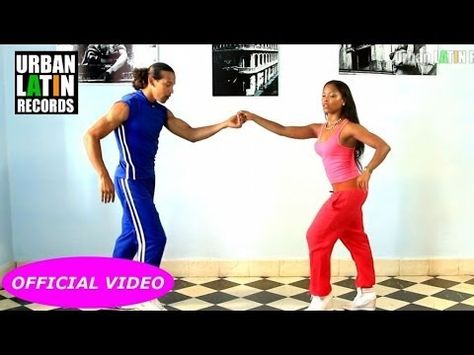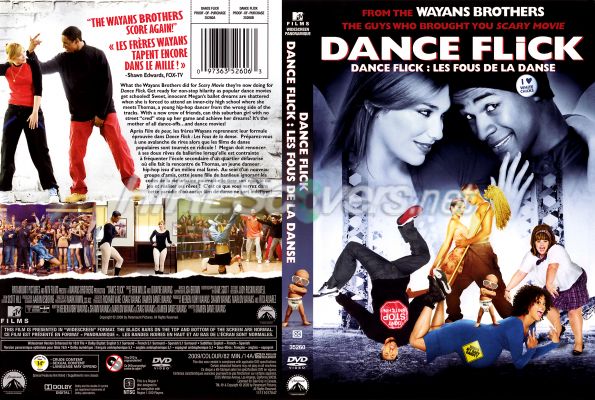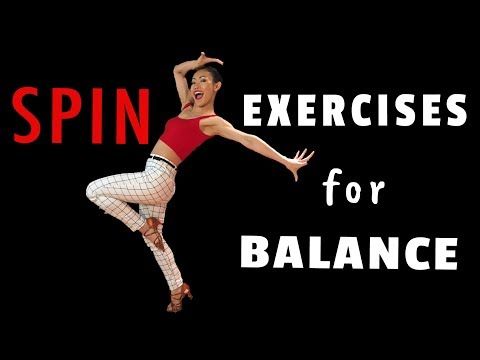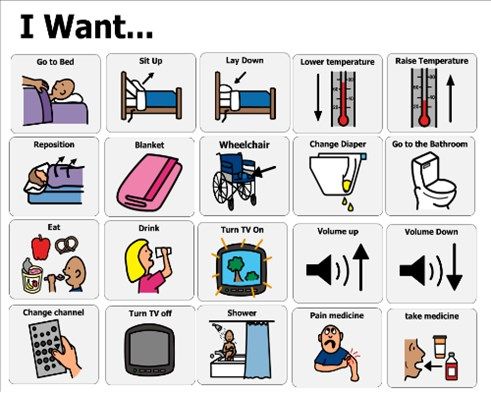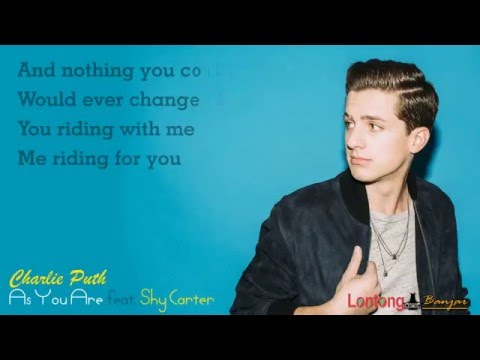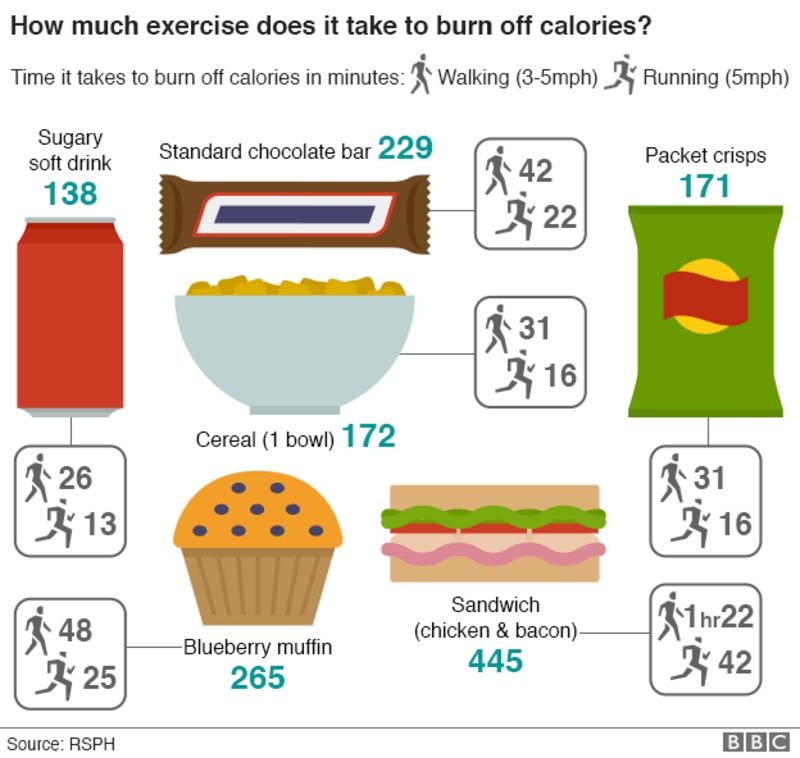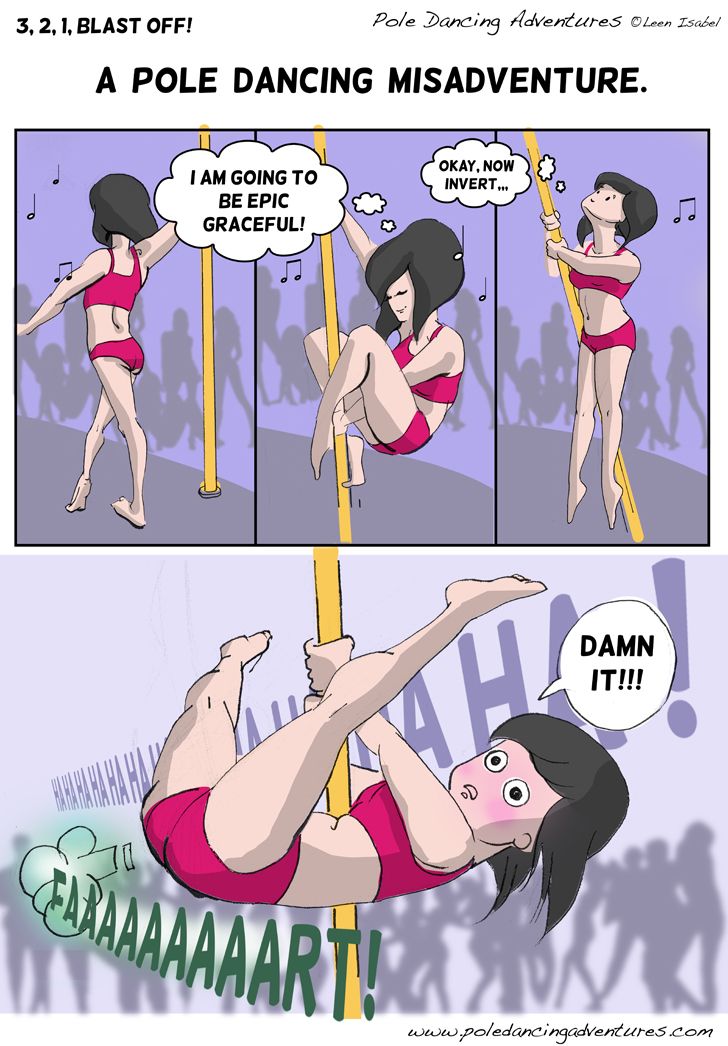How to dance cuban reggaeton
8 Enticing Cuban Dance Styles! (2022)
In Cuba, music, and dance is a big part of life, it is everywhere! And you will find people doing a mix of Cuban dance styles anywhere, like what is going on above; colorful rhumba at Callejon de Hamel in Havana!
Although not all Cubans dance (just like all Norwegians definitely do not know how to ski), I would say “everyone” enjoys music.
Like the salsa Cuban style; the salsa casino, the bachata, rhumba, or the originally Angolan kizomba, or, something in between. Or the very popular reggaeton!
Please expect any link in this article to be an affiliate link! If you do your shopping or booking through this link, it will provide a small commission for me at no extra cost to you!
What Is Special About Cuban Dance Styles And Music?
Dance class at Casona del Son in HavanaEven if you do not love dancing yourself, you just can not avoid the energy from the different Cuban dance styles and music in the streets, bars, restaurants, and private homes all over Cuba.
The different Cuban dance styles have different origins, and different rhythms, but they have mixed and merged and evolved into the Cuban version of each and every one.
Below you will find a short introduction to some of the different Cuban dance styles, their origin, a little history, and videos to get an impression of what the fuzz is all about!
Not all Cubans are professional dancers born with rhythmic hips, contrary to popular myth perhaps.
Yet, music and dancing are still part of pretty much any celebration taking place in Cuba, as well as daily life. Music in Cuba is everywhere!
Women santeros of Santeria dancing in front of the Havana CathedralIn my apartment in Old Havana, I often wake up in the morning from my neighbor playing super loud salsa, or a bicycle taxi passing by sounding like a mobile discotheque at any time of day or night.
Birthdays and mothers day are huge, as well as religious celebrations like when someone gets a santo, a saint, in the Santeria religion, there is dancing.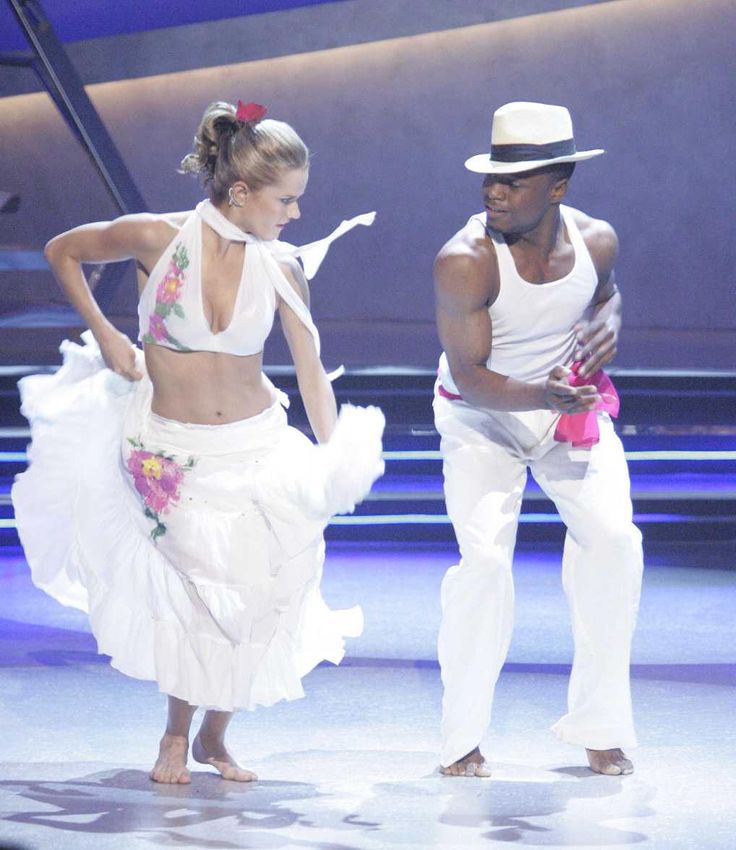
And a lot of drums, which is adamant in Cuban music, and dance.
Also read: What Is Cuba Known For? 22 Enticing Things You Want To Know!
Characteristics Of The Cuban Dance Music
Dancers at Callejon de Hamel in Vedado, HavanaIn modern Cuba, maybe for the last few decades, the characteristics of the music style have changed a bit away from the traditional styles like the Danzón, the Son, the Semba, and the Rhumba.
There is possibly a generation gap, where the older parts of the population listen more to the traditional salsa and son music, while the youngsters are into experimenting with new music or mixing new and old rhythms.
And the tourists flocking to Cuba also love the salsa rhythms.
Cabaret Tropicana Show in HavanaWhile in Cuba you should also go see at least one spectacular dance show, at Casa de la Musica, the Buena Vista Social Club, or at the Cabaret Tropicana in Havana!
Early Cuban Music History
What we consider “Cuban music” actually has its roots in a variety of other places.
Mainly Spain and West Africa because of the trade route in the colonial era centuries ago, with European settlers, and the African slaves that were brought to Cuba. But also from France, Haiti, Jamaica, and the US.
This way Cuban music and dance styles have been influenced over time by different genres from different countries. The most important ones are France, the United States, and Jamaica.
Jamaica8217s king of reggae Bob Marley8217s home in KingstonSimultaneously, Cuban music has also had a great influence in other countries.
Contributing to the development of styles like jazz and salsa, the Argentinian tango, Spanish “nuevo flamenco”, and West African Afrobeat.
Also read: 33+ Legendary Things To Do In Havana Cuba!
What Is The Most Popular Cuban Dance Styles in 2022?
In modern Cuba, salsa casino, or the Semba, is not the most popular dance style that colors the dance scene in the bars and clubs of the country.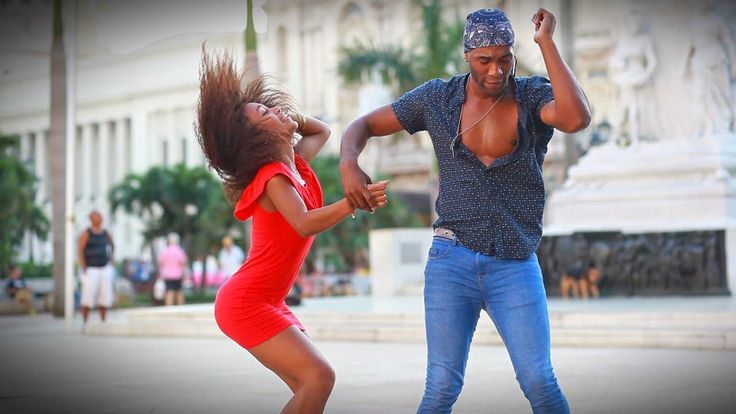
Although there is live music in many places, and it is absolutely possible to go out for a swing of salsa, the most popular Cuban dance style and music in 2022 is probably the reggeaton.
And not just reggeaton, but Cuban reggaeton.
Reggeaton as a genre originates from Puerto Rico or Panama. The inspiration for its distinctive rhythm, which only has very little variation in its beat, is the military drum.
Other styles that are popular are the Bachata and the Merengue. Some level of sensual touch to the dances is typical Cuban, as well as dancing with a lot of fuerza, and temperament.
Also read: ONE Salsa Casino Only | Salsa Lessons In Havana Cuba
1. Cuban Reggeaton
One music style in particular that has entered the scene, is reggaeton. The reggeaton has become one of the most popular music genres not only in Cuba but in the Spanish-speaking Caribbean.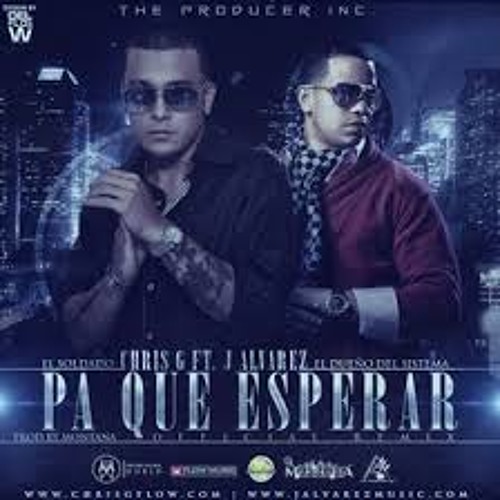
In countries like Puerto Rico, Panama, Dominican Republic, Colombia, and Venezuela as well as Cuba, reggeaton is huge, especially among the younger part of the population.
Reggeaton was a music genre that started in Latin America and the Caribbean among urban youth, especially in underground malls and slums before the first reggaeton artists reached an international public in the 90s.
It took a while for the reggeaton to arrive in Cuba for a variety of reasons. One is the fact that culture is somewhat politicized and cultural content regulated.
As Cuba Open More; More Music Styles Enter!
Also until recent years, Cuba has been pretty much electronically shut off from the rest of the world, so access to and sharing of music was not easy.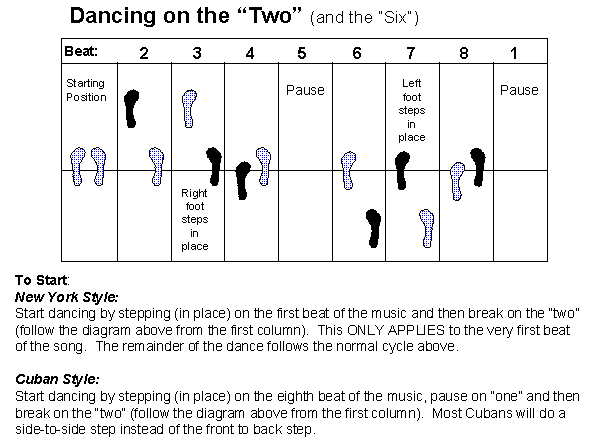
Since its arrival in the early 2000s, Cubans have tweaked the reggeaton style into something of their own. What characterizes the typical Cuban reggaeton, is the special clave, the particular Cuban rhythm.
Cuban reggaeton texts are also known for using a lot of local slang, which is only natural as the whole of Cuban Spanish is full of words you only find in Cuba.
One of the most popular reggaeton artists in Cuba is Gente de Zona, who has worked with people big artists like Enrique Iglesias, Marc Anthony, and Jennifer Lopez.
Other popular names in reggaeton are Chocolate MC, Yomil y el Dany, El Chacal, Divan, El Taiger, Harrison, El Kamel.
The dance itself has special characteristics and patterns, totally different from the rest of the geographical area. There’s even a Cubaton radio station in Miami playing the hottest artists in the genre!
Also read: Why Cuba should be on your travel short-list!
Cuban artist Chocolate2. Salsa Cuban Style – The Salsa Casino
Among the Cuban dance styles, the Cuban style salsa, or salsa casino, is a dance that is influenced by a variety of traditions such as Son, Rumba, and even the Santeria religion.
The salsa dance was primarily developed by Cubans and Puerto Ricans living in New York in the late 1960s and early 1970s, so it does actually not originate from Cuba.

The Salsa Casino was adopted, internalized, and “Cubanized”, and is danced in The Dominican Republic, Venezuela as well as Europe, and parts of Asia.
The dance music accompanying the salsa casino is often timba rhythms, or the dance can also be referred to as timba.
This form of salsa has been described as more “aggressive” than other salsa styles, although having seen the Salsa Cali in Colombia I am not sure I agree!
The Historic Casino Deportivos In Havana
The origin of the name, Casino, comes from the so-called casino deportivos; the large dance halls in Havana in the 1950s where the better-off Cubans went for social dancing to enjoy themselves.
What differentiates the Cuban style of salsa from other, linear, salsa dances is that the Cuban salsa style is focused on figures and turns.
Movements that are picked up from the Cuban Cha Cha Cha, the Mambo and the Rumba, and a little bit from the Jive. The couple dancing is moving in circles, doing figures around each other.
Watching Cubans dancing Salsa Casino, you will often see spontaneous expressions of Afro-Cuban dance styles mid-salsa, like parts from the Rumba.
Playful rhythms with lots of muscle isolations (wow!) where both parties do a little “solo” close to but not touching each other, playing, and teasing before they get back together.
There are lots of Cuban dance teachers in dance schools throughout the world teaching the Cuban salsa style, maybe you are lucky and there is someone close to where you live!
Also read: Ultimate Guide To Havana Nightlife 2022-2023!
3. The Rhumba Dance
The Rhumba dance is a rhythmic couple dance referred to as an Afro-Cuban dance style, originating from Cuba in the 19th Century so it is a true Cuban dance style. Yet, “Rumba” is a term that refers to a variety of dances, or a “dance party”!
Originally the word “rhumba” was used as a synonym for “party” in northern Cuba, and by the late 19th century it was used internationally to describe the mixture of secular music styles known as the Cuban Rhumba.
The slow and rhythmic Rhumba tells the story of passion and love between a strong, male lover (like the Cuban machista) and a coy, teasing woman.
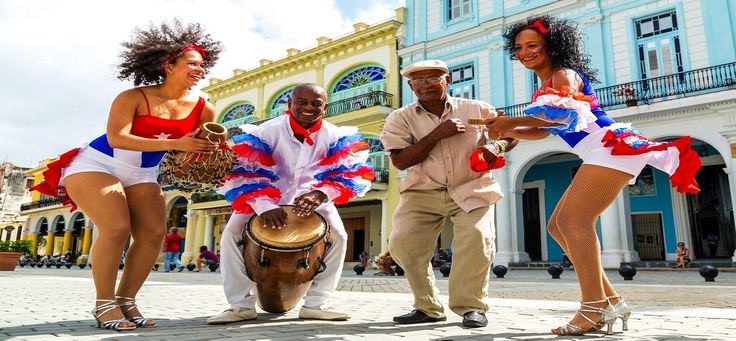
As the rhumba dance unfolds, you can see the man is pursuing the woman, and the woman is flirting back but also protecting herself from the man’s approach in a playful manner.
Often illustrated in the dance by a big skirt or shawl that “cuts off” the man`s movements using various rhumba figures.
Full of sensual moves, or figures, the Rhumba is considered by many (although not all) to be the sexiest of the ballroom dances.
It is also one of the most popular dances and is seen around the world at clubs, parties, weddings, and dance competitions.
Take a look at the videos below to see one version of the Cuban rhumba, Rumba Cubana.
Also read: 19 Top Things To Do In Varadero Cuba!
4. Rueda De Casino
The Rueda de Casino (Rueda) is a type of salsa round dance, born from the Cuban dance style salsa casino.
The Rueda de Casino is danced by several couples in a circle, where one of the men (or the leaders) is the leader of the group.
The Rueda de Casino is somewhat semi-choreographed by the leader, who is shouting the next move or figure to the men (or leaders), who then lead the women (or followers) in the dance.
The Rueda de Casino also includes a change of partner in the dance, as you see in the video.
Personally, I think the Rueda de Casino is super fun, it is also beautiful to watch as the multiple couples create lovely patterns, a bit challenging, and very social!
5.
 The Cuban Son Music
The Cuban Son MusicAs an accessory or a prerequisite, to the Cuban dance styles, you find traditional Cuban Son music.
The term translates to something like “the Cuban sound”, and in its creation, the musicians use both instruments from Europe and Africa to create the unique Son sound.
The Son has also developed in different directions, but the defining characteristic is a bass pulse that comes before the downbeat in the music.
This gives son and son-based dances their distinctive rhythm; a characteristic that is called the anticipated bass.
The Cuban Son developed in the Eastern Cuba highlands in the early 1900s, around the Sierra Maestra in the Santiago de Cuba area.
Arsenio Rodriguez, a Cuban musician, was the man who popularized and urbanized the Cuban Son. He took it to Havana, and later to the rest of the world including metropole dance scenes like New York City clubs.
The Cuban Son Has Emigrated To The World
Around the mid-20th Century, the Cuban son sound was adopted by world-famous artists like Duke Ellington.
Ensembles playing the Son Cubano today use all kinds of instruments in their work, but the most particular section of the music is the percussion parts.
Also, a guitar that is known as the Tres guitar, a special guitar with 3 strings, is dominant in traditional versions of Son. This instrument is much less common in the Timba (Cuban salsa).
Son music has a strong emphasis on the off-beats rather than the beats, and especially strong are the 4 and 8 beats.
The Son rhythm gives a very different feel to standard Salsa songs that tend to emphasize the on-beat and makes the Son style seem a bit off, in a way, as the 4 and 8 beats seem somewhat delayed.
The Cuban Son (and also guaracha, another Cuban music genre) is the core rhythm of salsa (and timba, which is just a word used to differentiate the Cuban salsa style from the salsa music created in the rest of the world).
The Cuban son is considered the most important, and also most influential, music that evolved in 20th Century Cuba.
Also read: Scuba Diving Adventures In Varadero Cuba!
6. The Elegant Kizomba
The Kizomba dance style is a genre of dance and music originating in Angola in the 80s. The Kizomba definition, or meaning, is something like “party” or “celebration” in Kimbundu, a Bantu language spoken in Angola.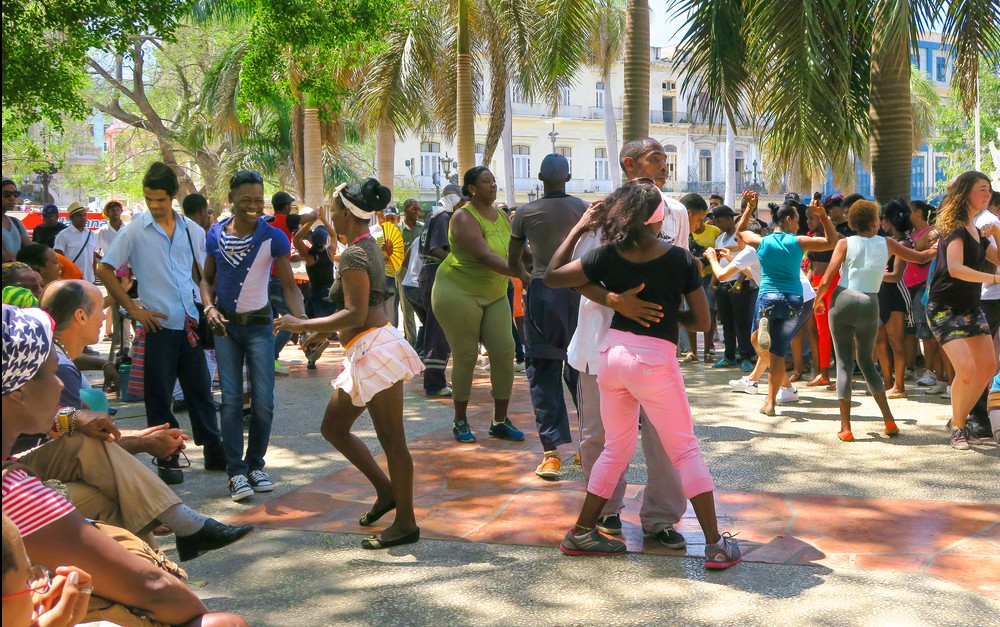
Typical of this dance is a slower, romantic, and sensuous feel in comparison to the traditional rather fast Semba dance.
There are basic steps, and various figures like salidas (exits) in the Kizomba dance, but the man (or leader) decides what to do next for every Kizomba step the couple takes.
This is one of the things that make this dance one of my absolute favorites, because the level of presence, connection, and communication you need with your partner is intense!
The word Kizomba is also used as an umbrella expression to include several other dance styles that are derived from the original sensual Kizomba dance, like Urban Kiz and Kizomba Fusion).
You can learn how to dance Kizomba in various schools in Cuba. Take a look at the videos below to see how the pros at La Casona Del Son in Havana do it!
Also read: More About The Magic Kizomba Dance
7. The Bachata Style
The Bachata style is a genre of Latin American music that evolved in the Dominican Republic in the first half of the 20th century. The Bachata style is primarily based on Spanish influences, but also with remnants of indigenous and African musical elements.
The bachata music genre is said to be a representation of the cultural diversity of the people of the Dominican Republic.
The Bachata style is considered a deviation from the Bolero, influenced both by African music and other music styles like the Cuban Son, as well as Merengue, and the Cha-cha dance.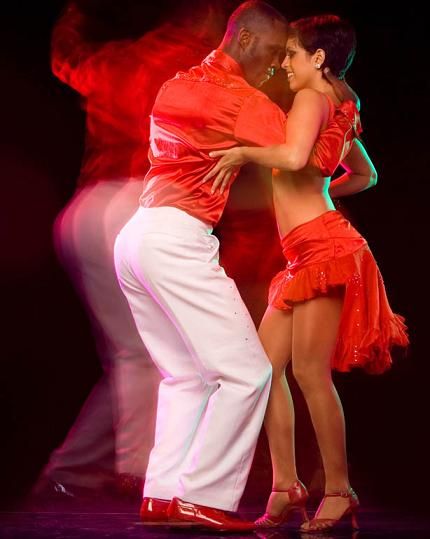
Along with the music, there also grew a particular dance, the Bachata dance. The Bachata dance is close and sensual, but can both be slow, fast, and energetic.
The song lyrics following the Bachata have a tendency to revolve around love, particularly sad love, and heartache in particular.
Also read: 33+ Legendary Things To Do In Havana Cuba
8. The Semba
Semba dance style originally is a traditional type of music and dance from Angola. Semba comes from the singular form of massemba, which means “a touch of the bellies” – one of the most recognizable and entertaining movements in semba.
The style is a predecessor to a variety of music styles originating from Africa like the Kizomba and kuduro (kuduru), an energetic and fast-paced Angolan techno/house music kind of style.
Semba is very much alive and popular in Angola today as it was long before that country’s independence from Portugal on November 11, 1975.
Various new Semba artists emerge each year in Angola, as they honor the original Semba masters, many of whom are still performing.
Other dance styles related to Semba are Kizomba, Rebita, as well as Kazukuta, and Kabetula which are originally Carnaval Music.
The story told by Semba is often a cautionary tale or story regarding day-to-day life and social events and activities, usually sung in witty rhetoric. Through Semba music an artist can convey a broad spectrum of emotions.
It is this feature that has made Semba the preferred music style for a wide variety of Angolan gatherings and social events.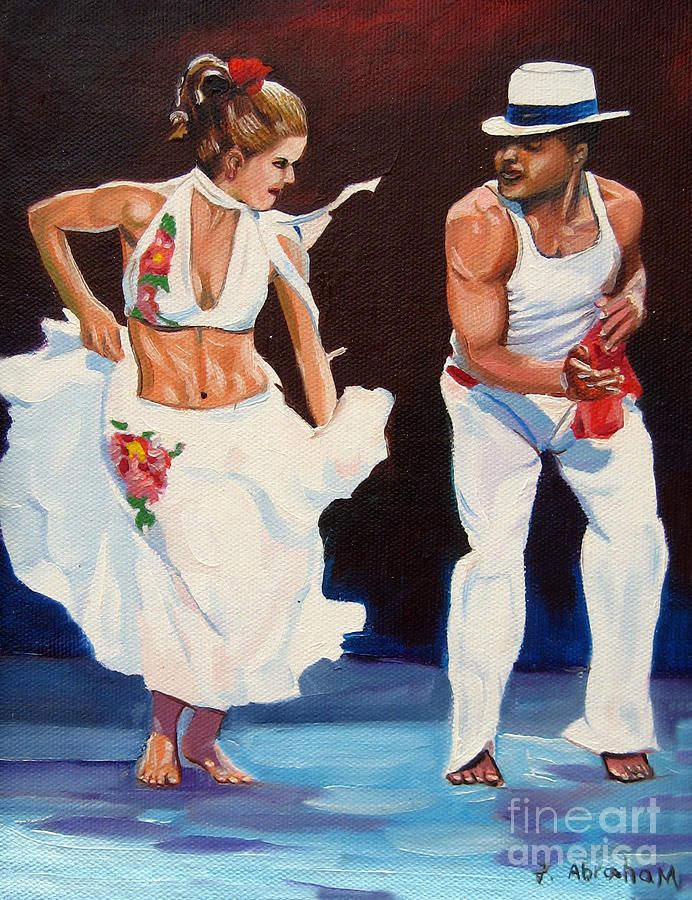 It is considered so versatile it is used both at funerals on one end, and many Angolan parties on the other.
It is considered so versatile it is used both at funerals on one end, and many Angolan parties on the other.
Also read: Yes, you CAN travel to Cuba from the US!
Cuban Dance Styles Wrap-Up
There is a myriad of music and dance influences, and genres mixed into the Cuban dance styles and music you find on this island in 2022.
Cuban dance styles often require music with a lot of drums!All from salsa casino dancing in the many kitchens and living rooms around Cuba, to dance clubs where reggaeton rules, bars, restaurants, and grand shows with classic huge arrangements, fierce energy, sensuality, and rhythms.
Whether you prefer to be in the audience or participate, you can do whatever is best for you, but I strongly recommend you test the dancing shoes at least for one night while visiting Cuba!
Find a Cuban Casa de la Musica, and say yes when someone asks you to dance. Or, find a dancing school, there are plenty to choose from across the island.
Or, find a dancing school, there are plenty to choose from across the island.
Book A Dance Class In Havana Here!
Cuban Dance Style Classes In Havana Cuba!
Now that you have gotten to know all the different Cuban dance styles a little bit, hopefully, you have an idea of what might be something for you!
If you are not sure how to go about finding and booking dance classes in Havana Cuba, I have a few suggestions.
I have personally been going to La Casa del Son in Old Havana whenever I visited over a period of two years. They have great teachers in a beautiful building with dance studios over two floors, high ceilings, and a gorgeously art-detailed interior.
The school is located in Calle (street) Emperado, between Calle Compostela and Calle Aguacate, super centrally in Havana Vieja.
At Casona del Son, you can take private classes or join a group class, and they offer courses in several dance styles, including Salsa Casino, Kizomba, Bachata, and Lady Styling classes.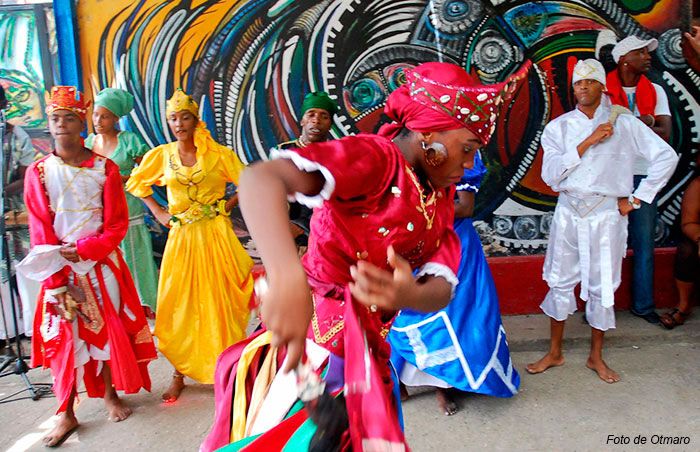
Go to the Casona del Son home page to get more information about classes and booking, or follow them on Facebook.
Tony & Loliett run a dance school for Urban Kizomba from their studio Habanakiz in Old Havana. I have been taking classes with Tony irregularly since 2020, and he (and his esposa Loliett) are both wonderful people and fun and super-skilled teachers!
You can contact them on Instagram if you are interested in this particular dance style, the beautiful kizomba is my absolute favorite, it is hard – but when it flows, it is magic. Go find out!
Also read: The Magical Kizomba Dance
Cuban dance and music – The usual couple
Although the music of Cuba is rich in all kinds of genres, from the most classical to the popular, it is clear that almost all of our rhythms come out from the Cuban’s need to dance. It is something that runs in us through our veins, a mixture of Spanish conquerors, European immigrants and, above all, African slaves brought to our island.
It is something that runs in us through our veins, a mixture of Spanish conquerors, European immigrants and, above all, African slaves brought to our island.
In our way of dancing, the voluptuousness of African blood emerges, the elegance of French balls and the joy of Spanish dances, all mixed and seasoned with a kind of music that is not afraid to assimilate any element if it moves the body. Cause the Cuban has an urgent need to move, to dance, to find the beat to all the music and to turn his body into another instrument of the orchestra and identify each note.
A culture of movementWhat rhythms can you dance in Cuba? I think the question should be what you can’t dance.
From the body rhythm of rumba and guaguancó, true rooster battles or seduction games to the figures of the rueda de casino, Cubans are able to dance anything, and to provide with an original and different flavor. We are not afraid to incorporate elements of other traditional dances such as danzón or chachachá … or face classical ballet with the success of Alicia Alonso or Carlos Acosta, or mixing flamenco with Afro-Cuban as List Alfonso, Joel Zamora or Irene Rodriguez.
We are not afraid to incorporate elements of other traditional dances such as danzón or chachachá … or face classical ballet with the success of Alicia Alonso or Carlos Acosta, or mixing flamenco with Afro-Cuban as List Alfonso, Joel Zamora or Irene Rodriguez.
Or dance, as they say in good Cuban, “in a single brick” a romantic bolero that invites to an intimate hug between the couple. Or move with the sensual ease of Cuban reggaeton. Do not doubt it: even the most “patón” (bad dancer) of Cubans knows how to move as if he were making love to music.
The Cuban clave, the one that floods us from birth, is our universal pattern, our 4×4 rhythm that has made Cuban dance one of the most international manifestations of our idiosyncrasy.
Dance and Havana Music SchoolAlthough our center in Calle 28, between 17 and 19 in the neighborhood of Vedado specializes in music education, we understand that dance is an indissoluble part of Cuban music.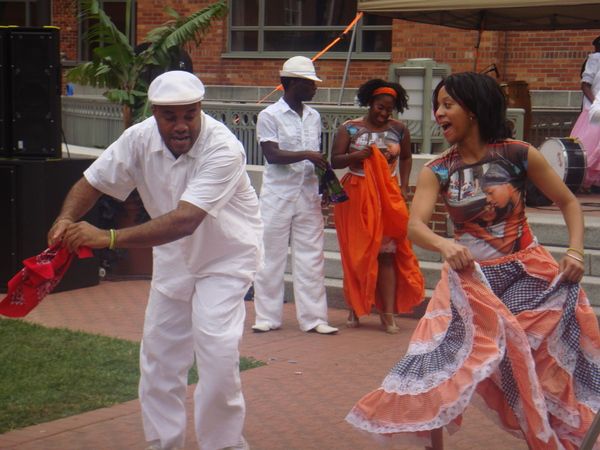
Therefore, we not only offer Cuban music classes in a variety of instruments, but we also dance classes for those interested in combining music with dance.
The teachers of Havana Music School, professional popular-music dancers, will be in charge of teaching you the way of the Cuban in such complex rhythms as rumba, guaguancó and salsa, without forgetting the tasty and popular rueda de casino or ballroom dancing such as danzón, contradanza or chachachá. All this, in flexible schedules, adapted to your convenience so you can combine learning with tourism.
So now you know: if you want to learn to dance in Havana, we are waiting for you with open arms and Cuban music playing.
Dancing planet. Street music. Cuban reggaeton. Part 2
This time Alexander Pukhov's goal is to become his own on the dark streets of Santiago and Havana! But to do this, he will have to master the dirtiest dances of his career. .. and maybe even become a reggaeton star! In each episode, choreographer Alexander Pukhov learns a new dance while traveling to his homeland. Movements, music, rhythms - that's all that makes it his own at Viennese balls and Cuban parties. The host has yet to master many interesting styles and meet the most skillful dance virtuosos of the Earth. nine0005
.. and maybe even become a reggaeton star! In each episode, choreographer Alexander Pukhov learns a new dance while traveling to his homeland. Movements, music, rhythms - that's all that makes it his own at Viennese balls and Cuban parties. The host has yet to master many interesting styles and meet the most skillful dance virtuosos of the Earth. nine0005
The site may use materials from Facebook and Instagram Internet resources owned by Meta Platforms Inc., which is prohibited in the Russian Federation.
Top 10 richest people in the world - 2022
Top 10 richest people in the world - 2022
They launch ships into space, collect Picasso paintings and buy islands. Top richest people in the world according to Forbes
December 20, 2022
63 651
Why are tears "bitter"?
Why are tears "bitter"?
Is it difficult to cry from happiness, what tears are the most bitter and why do we cry at all?
Julia Skopich
December 19, 2022
182 594
nine0006 Treasures that "gave away" the iceTreasures that the ice "gave away"
Mummies of ancient people and mammoths, precious stones, huge craters, a note in a bottle and a real goldfish. What can be found in ice?
What can be found in ice?
Olga Fadeeva
December 18, 2022
24 631
Phytogeneticists have bred a poplar that blooms for several months
December 21, 2022
146 new species: what animals and plants were discovered in 2022
December 21, 2022
House with a private prison: a blogger reviews creepy real estate
December 21, 2022
nine0006 Scientists have found how fast animals perceive timeDecember 21, 2022
The largest power plants in the world: top 10
Why cats love boxes and bags
10 Kremlins of Russia
nine0006 New AtlantisWhat do hippos eat?
What is permafrost and is it really eternal
How the plague caused progress
what is hidden in the names of dances and how to distinguish them
Dominican Blog.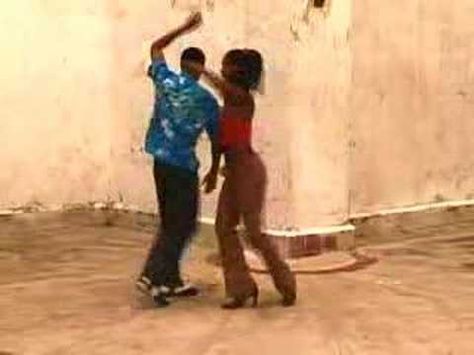 about
about
) 715-8888
Articles about the Dominican Republic
Each dance is unique and inimitable. Rhythms, movements, emotions - Caribbean dances give dancers a pleasure that has no comparison. And if you have the opportunity to try dancing at least one of them, do it! Try, feel, learn. So a new World will open before you, in which you will want to return again and again.
Bachata
It was music. She pulled me in and called me after her. I was standing in a dark alley in a new country for me. Everything I wanted to know and feel. Carefully stepping, I went to the sounds. nine0005
The melody was tender, filled with sadness. The sadness that comes to the heart after separation. Finally I saw people. They were couples. Their bodies were tightly intertwined, they moved smoothly and unhurriedly to the beat of the enchanting music.
“One, two, three, four... kick. One, two, three, four... kick.”
"Ba-cha-ta" - someone whispered softly in his ear. I turned around and his hands were already on my waist. I pushed aside my thoughts and trusted my partner. "I can't," I whispered softly.
“Nothing needs to be done. Just listen to my body and move to the beat. I will think. For the fourth time, the thigh goes up. Smoothly, as if you want to lightly hurt someone. nine0005
This is how I met BACHATA . More than 8 years have passed since that evening, and bachata has become for me one of the symbols of the Dominican Republic.
The name of the dance comes from the Spanish bachata or cumbachata. These were poor people's parties with obligatory copious libations. Such gatherings were held in the courtyards of houses or simply on the street in the shade of trees. The musical style and dance of the same name originated here in the Dominican Republic and spread widely in the Caribbean. nine0005
nine0005
Musically, bachata is difficult to confuse with other dances. Danced for 4 counts with an emphasis on the last one. According to the execution technique, everything is simple: four side steps, and at the moment of emphasis, the movement of the hip in a spiral upwards. Bachata is always a closed position and close contact. There are very few turns, a lot of lateral penetrations and “throwing” the lady from side to side.
"Musica de amargue" - music of bitterness, words about unrequited love, the desire to prolong the minutes of meetings - all this makes bachata an unusually sensual dance. nine0075
Salsa
Another popular dance that the whole country dances is SALSA . Salsa comes from the Spanish Salsa - sauce. This dance tastes spicy and spicy like chili sauce. The temperament of salsa is a spark of expression, it is a palette of accents and a fairly high tempo.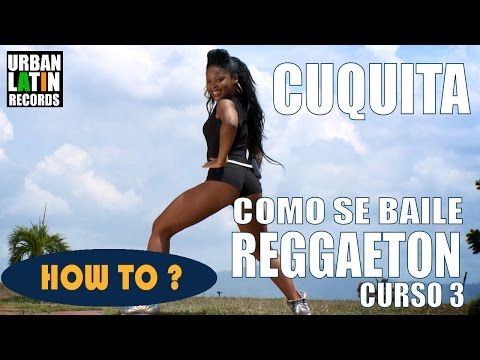
There are several versions regarding the name "salsa". So, according to one of them, a group performing Cuban music performed in a small club in Miami. She turned the people on so much that everyone started shouting: “Salsa! Salsa!”, implying that the music was as spicy and hot as the sauce used to season the dishes in this establishment. nine0005
According to another version, the name goes back to the well-known at the beginning of the century dance "Echale Salsita". In the late 60s, a concert was held in the United States, at which Latin American musicians presented the "new boogaloo rhythm" - nothing more than a Cuban dream mixed with merengue, cha-cha-cha, mambo and boogie-woogie. Watching people from different parts of America dance to the new rhythm, Tito Puente said: "Esto es una gran salsa!", Which literally translates as "Great sauce!". The great sonero meant that, just like in a sauce, various ingredients were mixed in rhythm and a particularly “tasty” mixture was born. nine0005
nine0005
It doesn't matter which version you choose. All of them somehow agree on one thing: salsa is a mixture of different Latin American styles and rhythms.
If we talk about what dance figures are typical for salsa, it is worth noting that over the years the dance has undergone changes. For example, in the early 20s, salsa resembled a slower version of rumba, and in the 40s in New York, jazz and blues motifs change the character of the dance, and it manifests itself in the main step.
Technically Salsa is not difficult. The main thing is to openly express your emotions and feelings. Here and intrigue, and courtship, and refusal. Salsa is like a little story of two, embodied in dance. And despite the fact that the figures are repeated, with each new partner something unique and inimitable is born. nine0075
Since Cuba is the birthplace of salsa, Cuban sleep can be considered one of its varieties.
The world learned about this dance back in the 30s of the 20th century, it can be considered the "grandfather" of modern salsa, both dance and music.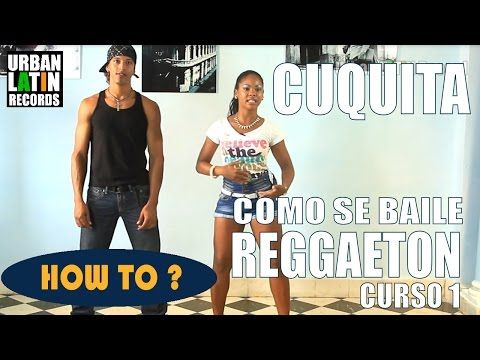
Son is a pair dance with different rhythmic patterns. The main feature is that it is danced on contratiempo, they begin to move at the expense of four and eight. The dream is like a slow-motion version of salsa. Musically combines Spanish folk romance and African rhythms. nine0005
According to one version, the name of the dance goes back to the Latin “sonare” – to play, to sing. According to another version, this was the name of the dance form in Mexico in the 18th century.
According to the performance technique, steps-chasse, stops and rotations prevail, and the dancers in a pair hardly touch each other.
There are four main varieties of Sona:
Montuno - rustic substyle, more free than the others. Guaracha - fast, with a special basic step: crosswise with weight transfer between the legs. nine0086 Changui - springy step. Traditional - elegant slow sleep.
Meringue
Have you ever tasted airy white sweets made from egg whites? Yes, yes, they are the most that are called Meringues. Delicate and crispy figurines have won the hearts of many sweet tooth around the world.
Delicate and crispy figurines have won the hearts of many sweet tooth around the world.
Is it pure coincidence that a dance born in the Dominican Republic has the same name with a difference in the last letter?
Translated from Spanish merengue means "meringue", and "meringue" in turn goes back to French and means "kiss". nine0005
Born in the Dominican Republic, this extremely sensual and incendiary dance is also called MERENGUE . He attracts with his temperament and expression. And the movements are so light that it looks like meringues melting in your mouth.
However, the issue of origin causes a lot of controversy. I will outline only the most interesting versions of the appearance of merengue in the Dominican Republic.
In 1844, a melody was played in honor of the victory of the Dominican troops over the Haitians. It was she who inspired the appearance of dance in the province of Cibao. Rumor has it that this cheerful song made fun of one commander of the Dominican regiment, who fled the battlefield. mid 19century, this melody became beloved and popular and replaced other rhythms of that time.
mid 19century, this melody became beloved and popular and replaced other rhythms of that time.
According to another version, the name goes back to the name of the figure of the Cuban dance upa habanera.
However, the most plausible version involves the participation of slaves cultivating sugarcane plantations. According to it, working slaves were chained to each other so that they would not escape. So they pulled one leg. For the slaves to work at a certain pace, the overseer beat them with rods, setting the speed. nine0005
Merengue is a very rhythmic dance. And this rhythm is able to influence. So, for example, in the history of the Dominican Republic, the fact is known that the political slogans of the famous dictator Trujillo sounded to the rhythms of merengue.
As a dance, merengue uses a large number of figures and ornaments. Especially often used are circular movements of the hips, rotation of the body, movement of the shoulders at an accelerated pace. Many of them go back to the folklore version of the dance.
Many of them go back to the folklore version of the dance.
Reggaeton
Reggaeton was first discovered in the 1970s, when immigrants from Jamaica brought with them the reggae musical style, which was new to the United States. It combined elements of different cultures: hip-hop, rap, techno.
Reggaeton is such a dynamic and charming dance that it's hard to stand still if you hear its rhythms. The movements are often frank and frivolous so that some may even seem vulgar. It is no coincidence that in the United States the authorities categorically forbade the development of this style. The dance movements were not in accordance with the moral principles of the government, and all attempts to organize reggaeton discos were severely suppressed by the police. nine0005
The name is derived from the name of the musical style "reggae" plus the magnifying suffix "ton". Reggae, in turn, comes from the term "pere-pere", which means "rags" or "torn clothes", and this is the first key to understanding the style and character of Reggaeton.